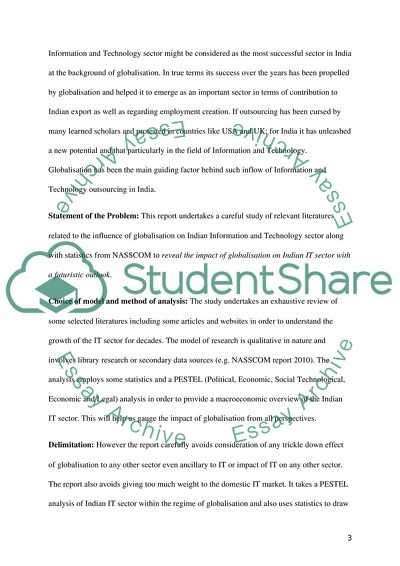Cite this document
(Consequences for Indian IT Sector Owing to Globalization Term Paper, n.d.)
Consequences for Indian IT Sector Owing to Globalization Term Paper. Retrieved from https://studentshare.org/information-technology/1741301-analyse-the-consequences-for-a-particular-industry-as-a-consequence-of-globalization
Consequences for Indian IT Sector Owing to Globalization Term Paper. Retrieved from https://studentshare.org/information-technology/1741301-analyse-the-consequences-for-a-particular-industry-as-a-consequence-of-globalization
(Consequences for Indian IT Sector Owing to Globalization Term Paper)
Consequences for Indian IT Sector Owing to Globalization Term Paper. https://studentshare.org/information-technology/1741301-analyse-the-consequences-for-a-particular-industry-as-a-consequence-of-globalization.
Consequences for Indian IT Sector Owing to Globalization Term Paper. https://studentshare.org/information-technology/1741301-analyse-the-consequences-for-a-particular-industry-as-a-consequence-of-globalization.
“Consequences for Indian IT Sector Owing to Globalization Term Paper”, n.d. https://studentshare.org/information-technology/1741301-analyse-the-consequences-for-a-particular-industry-as-a-consequence-of-globalization.


